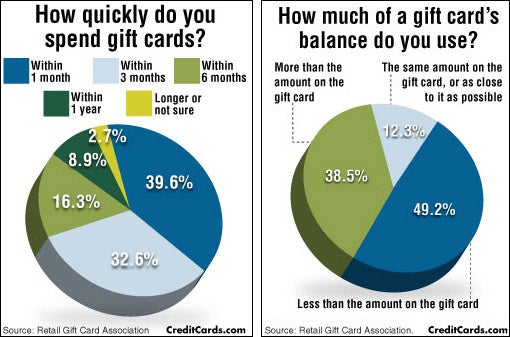Engraved glass awards evoke a steadfast spirit of dedication and excellence. They cultivate a society of acknowledgment that transcends hierarchical boundaries.
Wheel engraving is shown on a cup most likely made in the 1700s covered with detailed Chinese-style concepts. These concepts announced allegiance to the Jacobite cause. This is an amazing example of exactly how imported Oriental products affected European style fads.
Beginnings
As glassmaking came to be extra innovative, engravers realised that a design added to a piece of glass transformed it from functional into desirable. They try out a variety of scratching, abrading and cutting methods.
One of the most skilled engravers produced fine comprehensive job. Anna Roemers Visscher, that was a glass cutter and engraver, was renowned for her delicate flowers, influenced by the natural history books popular in her time.
Engravers also carved fine linework into glass. By the end of the 17th century, engravers had actually started to desert straight quality in favour of crosshatched chiaroscuro results. Among the earliest examples is tape-recorded on a jug by a Rotterdam engraver who signed his work with a scribbled liberty and vigour that raised it over the remainder.
Etching continued to be a popular technique, although it was increasingly eclipsed by cut glass and brand-new strategies such as etching, which was less costly than inscribing. Nonetheless, economic pressures after c1905, along with decreasing high quality of cut glass, saw a rise in the popularity of personalized glass, called rock crystal.
Methods
Glassmakers utilized a range of techniques to mark or decorate the surface area of a vessel, commonly integrating different methods. One technique called stipple inscription, as an example, utilizes a point of tungsten or diamond to make small dots on the glass surface area which develop contrasting white lines when light lusters through them.
Engraved glass honors are valued for their sophistication and eminence. They show the deep esteem and respect that firms hold for their staff members and promote a culture of quality.
The clarity of glass symbolizes the transparency and honesty of corporate recognition, urging receivers to take stock of their success and review their journey in the organization. Moreover, the capacity of personalized glass to present individualized text and images permits the development of highly one-of-a-kind and significant awards that stimulate the feeling of majesty related to this exceptional material.
Designs
From the smooth lines of corporate honors to the engraved text on glass prizes, etched crystal is an elegant icon of acknowledgment. Whether displayed on someone's workdesk or kept as a keepsake, these individualized pieces share a feeling of status and professionalism that is tough to discover in various other products.
The style of personalized glass has transformed in time to reflect transforming tastes and technical advancements. The old method of copper-wheel engraving has actually defied forecasts of obsolescence, and new strategies like etching are taking over where stippling as soon as held sway.
The earliest diamond-point inscription, of the 16th century, is tight and official. It gradually ended up being more flexible and pleasing, but can easily deteriorate into over-elaboration. In the 19th century Thomas Webb & Sons presented "rock crystal" with deep cutting and copper-wheel engraving, which copied luxury vessels cut of rock crystal in Europe and the Orient (see Ewer by Webb & Sons). The company's principal engravers were Bohemian immigrants Frederick Engelbert Kny and William Fritsche, that signed their collaborate with a monogram G.
Definition
Engraved glass was costly and searched for. This was since it included the most requiring glass refining technique and relied on the precision and initiative of a competent artisan. The highest point of inscribing came in the 17th century and was significantly a part of the Baroque and Rococo periods.
Throughout this moment, engraved cups could be used to interact messages unique gift under $25 of social status. They would present family crests and political loyalties. They could likewise flaunt one's taste for the current fashion and style fads.
Today, engraved glass is still a crucial art kind. Nevertheless, breakthroughs in technology and laser innovation have structured the process and made it a lot more specific. The resulting elaborate layouts are both stunning and resilient. In addition, new kinds of glass have actually been developed to respond much better to lasers. This has actually expanded the opportunities for musicians and designers. It likewise lessens the ecological impact of the process. As an example, optical crystal is an excellent choice for personalized honors because it is clear and shows light well.
